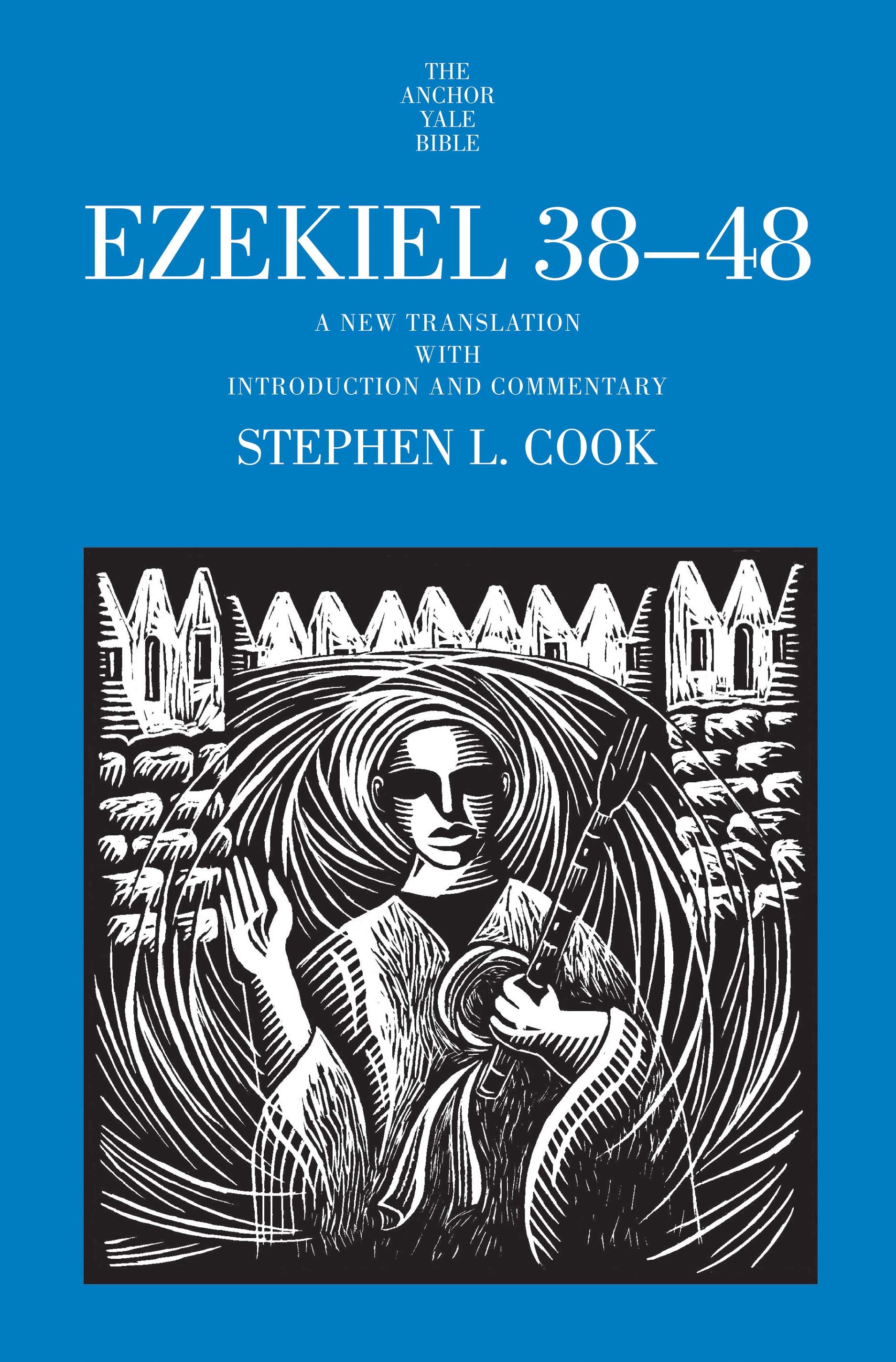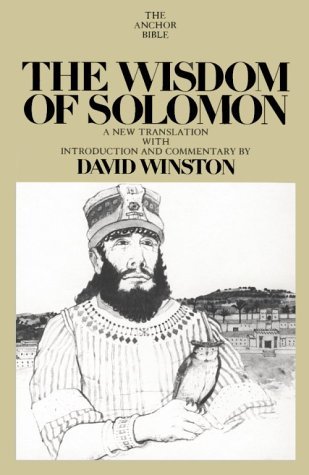


Books in series

Exodus 19-40
2006

Numbers 1-20
1993

Numbers 21-36
A New Translation With Introduction and Commentary
2000

Joshua 1-12
2015

Judges 1-12
2013

Ruth
1975

Ruth
2016

I Kings
2001

I Chronicles 1-9
2003

I Chronicles 10-29
2004

II Chronicles
1965

Esther
1971

Proverbs 10-31
2009

Isaiah 56-66
2003

Second Isaiah
1968

Jeremiah 1-20
1999

Ezekiel 21-37
1995

Ezekiel 38-48
2018

Joel
1995

Amos
2017

Micah
2000

Nahum
2009

Haggai, Zechariah 1-8
1987

Zechariah 9-14
1993

Malachi
1998

Mark
1986

Philippians
2007

Colossians
1995

Hebrews
2001

2 Peter, Jude
1993

Revelation
2014

The Wisdom of Solomon
1979
Authors

Craig R. Koester is Vice President of Academic Affairs, Professor and Asher O. and Carrie Nasby Chair of New Testament at Luther Seminary, St. Paul, MN. Ph.D. (Union Theological Seminary) Ordained (ELCA) M.Div. (Luther Theological Seminary) Biography Craig Koester received a B.A. from Saint Olaf College, an M.Div. from Luther Theological Seminary, and a Ph.D. from Union Theological Seminary in New York. He served as a parish pastor for several years in Princeton, Minnesota, and joined the faculty of Luther Seminary in 1986. He was appointed to the Asher O. and Carrie Nasby chair of New Testament Studies in 2012. An innovative teacher, Dr. Koester is known for his “Genesis to Revelation” course, which uses visuals, music, and drama to take people through the sweep of the biblical story in ten days. His other courses include John’s Gospel and Epistles, and the book of Revelation. Because of the high level of public interest in Revelation, he developed a course that explores the background and content of Revelation, as well as its impact on western culture. Entitled Apocalypse: Controversies and Meaning in Western History, it was released on DVD through the GreatCourses. As a scholar, Dr. Koester has contributed to discussions of Scripture in the academy and the church. His books include landmark commentaries on Hebrews (2001) and Revelation (2013 forthcoming) for the Anchor Yale Commentary series. In Johannine studies, he is known for his Symbolism in the Fourth Gospel (2nd edition, 2003), The Word of Life: A Theology of John’s Gospel (2008), and numerous articles. His book Revelation and the End of All Things (2001) is a popular resource among seminary and college students, and is widely used in congregations. Dr. Koester is has led and organized seminars for the Society of Biblical Literature and Society for New Testament Studies. He has served as associate editor of the journals New Testament Studies and The Catholic Biblical Quarterly, and regularly presents his work at international gatherings of scholars. He was a scholar in residence at the Center of Theological Inquiry in Princeton, New Jersey in 1992-93 and 2007. In the church, Dr. Koester speaks at theological conferences, synod gatherings, pastors’ workshops, and congregations. He is one of the designers of the Narrative Lectionary, which enables congregations to move through major sections of both Old and New Testaments from September through May each year. At the international level, he is involved in the work of the Lutheran World Federation on the interpretation of Scripture, and presented papers at the conferences in Nairobi, Kenya (2011) and Eisenach, Germany (2013).

